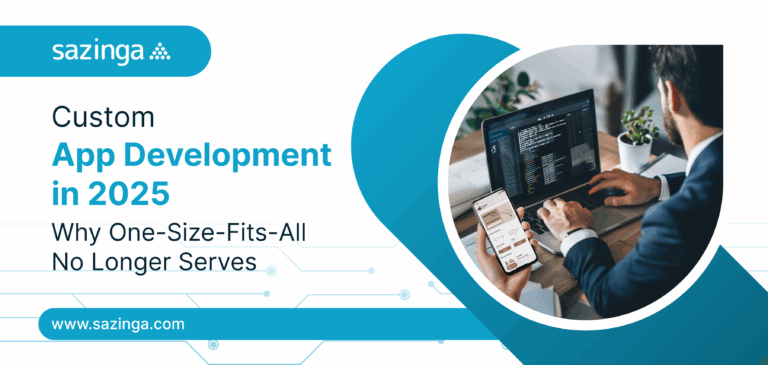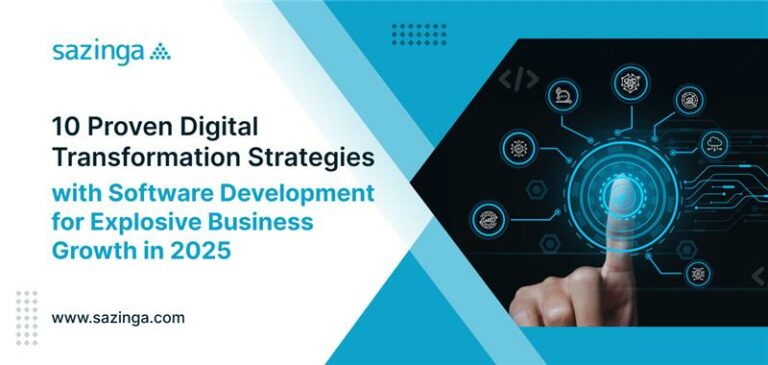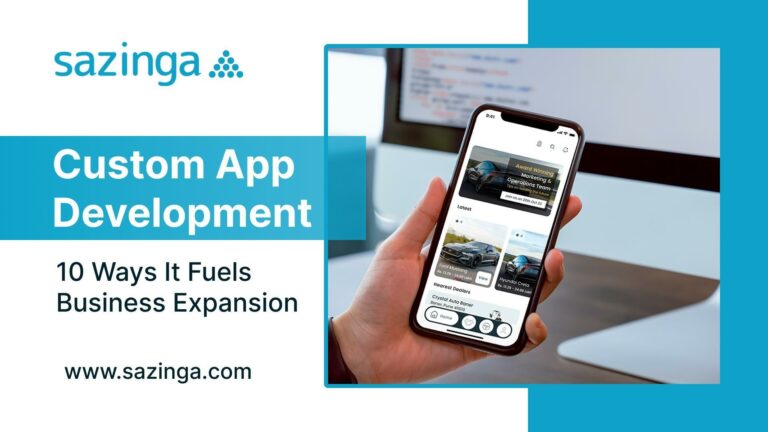Legacy System Modernization: A Step-by-Step Guide for Enterprises
Legacy systems were the backbone of enterprise functions in the past. However, with the evolution of technology and changes in market needs, such systems impede growth. Enterprise software modernization has become the answer for enterprises wanting agility, security, and innovation. Modernization is not simply an upgrade; it’s a change in how your enterprise operates. You can open up efficiencies, modernize new technologies, and keep your edge through enterprise software modernization. Let’s dive into how enterprise software modernization can future-proof your enterprise.

Modernization Process Breakdown
Assessment: Start by assessing your existing legacy systems. Determine pain points and areas that are inhibiting growth.
Goal Setting: Establish what you want to accomplish with enterprise software modernization, such as enhanced performance or integration.
Strategy Selection: Determine whether to rehost, refactor, or rebuild your systems, depending on business requirements.
Implementation: With your plan, track progress, and adjust as needed.
Continuous Improvement: Periodically revisit and refine your systems to keep up with technological advancements.
Take the case of a shipping firm considering an upgraded tracking system, followed by a staged upgrade to cause minimal disruption.
Legacy System Optimization can be the entry point for enterprise software modernization. Rather than a complete overhaul, companies can selectively enhance their old systems. This can include simplifying databases, modernizing user interfaces, or automating mundane operations. For example, a bank may automate functions within its core banking system. Quick wins deliver instant returns and generate energy for the enterprise software modernization program.
Cost-Effective Modernization
Enterprise software modernization does not necessarily need to be exorbitantly costly. By following a strategic method, companies can efficiently work without going over budget:
- Prioritize high-impact systems to upgrade first.
- Employ open-source and cloud-based solutions to cut licensing fees.
- Phase investments to amortize costs over time.
- A physician, for instance, may update patient data management first, followed by incremental billing and scheduling system upgrades. Such a phased rollout keeps enterprise software modernization affordable while providing incremental value.
API Integration and Middleware Solutions
middleware are crucial components of enterprise software modernization. They enable legacy and modern systems to communicate seamlessly. For example, a retailer can use APIs to connect its old inventory management system with a new e-commerce platform, ensuring real-time stock updates. Middleware acts as a bridge, minimizing disruption during the transition. This integration is vital for enterprises looking to maintain business continuity while embracing enterprise software modernization.
Scalable and Future-Ready Systems
One of the primary objectives of enterprise software modernization is to develop systems that can grow with your business. Modern architecture, including microservices, facilitates effortless growth and integration of new capabilities. For example, a logistics company can easily embrace new tracking technology as it expands due to a scalable, modernized platform. Enterprise software modernization keeps your systems suitable for today and prepares them for tomorrow’s problems.
Business Risks of Retaining Obsolete Technology
Dependence on obsolete technology puts businesses at substantial risk.Enterprise software modernization eliminates these risks by creating strong, flexible, and efficient systems. For instance, a financial institution that waits to modernize will face challenges in meeting new regulations, jeopardizing its operations.
Security Vulnerabilities
Legacy systems are vulnerable to cyber threats because they use outdated security protocols. Enterprise software modernization introduces new, innovative security controls, such as encryption and multi-factor authentication. For instance, a bank can secure customer data by switching from traditional authentication methods to new, secure ones. By emphasizing security, enterprise software modernization protects companies’ assets and reputations.
CodeSuite: A Modernization Toolkit
CodeSuite is a powerful suite of tools created to simplify enterprise software modernization. It provides automated code analysis, migration support, and integration tools. For example, a bank can use CodeSuite to modernize its transaction processing code onto a newer platform, decreasing errors and time. CodeSuite empowers enterprises to approach challenging modernization projects with confidence and efficiency.
Operational Inefficiencies
Legacy systems tend to create operational inefficiencies, including manual data entry, slow processing, and high error rates. Enterprise software modernization eliminates these inefficiencies by automating processes and streamlining procedures.
Integration Challenges
Merging legacy and modern systems is a frequent challenge in enterprise software modernization. Data formats can vary, and processes might not match. Effective enterprise software modernization employs data migration tools, middleware, and rigorous testing to make the integration seamless. For instance, a healthcare organization can consolidate electronic health records from various sources on a single platform, enhancing patient care and access to data.
Benefits of Modernization.
The advantages of enterprise software modernization are immense:
- Quicker, more secure business processes.
- Better security and regulatory compliance.
- Better customer experience and satisfaction.
- Increased ability to respond to changing markets.
Improved Efficiency
Enterprise software modernization automates processes and eliminates manual labour. Automation, quicker data processing, and real-time information allow companies to function more efficiently. For instance, a bank can reduce loan approval times from days to hours, providing better service to customers.
Improved Security
Modernization comes with advanced security capabilities, including encryption and ongoing monitoring. Enterprise software modernization protects sensitive information against newer threats. A healthcare provider, for instance, can secure patient records and ensure compliance with industry regulations.
Scalability and Flexibility
Enterprise software modernization builds applications that can grow and evolve as your business expands. Modular systems and the cloud enable new capabilities and higher workloads without significant downtime. Logistics companies, for instance, can ramp up operations continuously as demand escalates.
Cost Savings
Modernization saves on maintenance and technical debt. Businesses save on support, downtime, and wasteful processes. For instance, a retailer can reduce IT costs by moving from legacy servers to cloud-based systems, releasing resources for innovation.
In Conclusion, Adopt Enterprise Software Modernization
Enterprise software modernization is no longer an option; it’s necessary for businesses seeking to succeed in the digital era. Companies can release new efficiencies, mitigate risks, and fuel growth by adopting a disciplined approach, optimizing legacy systems, and leveraging contemporary tools. It gives more security, greater scalability, and lower costs unmistakably. Start your enterprise software modernization process today. Collaborate with specialists such as Sazinga to guarantee a seamless, successful transition. Remain competitive, secure, and future-ready.







